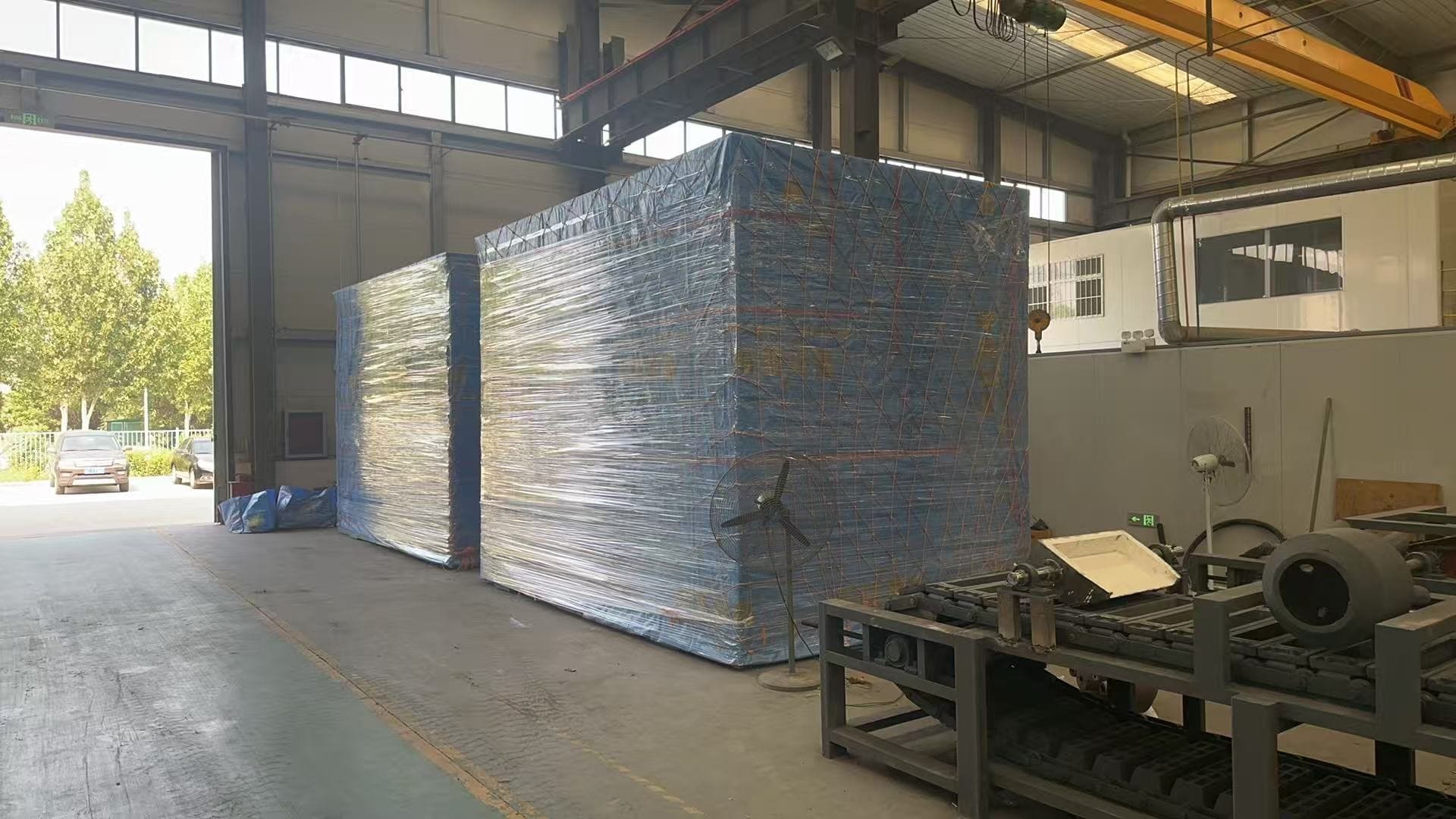Through Induction Heating
Temperature uniformity
Most hot working processes (forging, forming, or extrusion) depend heavily on workpiece temperature uniformity, as this affects die life and metallurgical quality. While this uniformity can often be achieved by slowly heating the workpiece or placing it in a separate holding jacket or soaking chamber, this approach conflicts with the requirements of high productivity and minimal floor space. The designer’s challenge is to maximize power input while maintaining the required low surface-to-center temperature differential (without burning the heated surface area). Therefore, a deeper understanding of heat flow is essential (another requirement being to limit the mechanical stresses induced in the billet during heating).
Input power
The classic problem of temperature distribution on a cylindrical surface with constant power input was solved by Carslaw and Jaeger and later refined by Baker. These solutions are discussed in this chapter. It was shown there that after a transient temperature increase, the temperature distribution becomes parabolic, and the temperature profile remains constant as the temperature throughout the part increases at the same rate. The curves summarized in this chapter clearly demonstrate this: these curves are crucial for understanding the induction heating process. They show that the temperature difference between the surface and the center is constant, given by equation (13.9): (0, – θ0), ≥ 0.25 = R/2k

Calculation Examples in this Chapter
where P, = surface power input density (Watt-m2); R = billet radius (m); and k = thermal conductivity (Watt-m-K). The calculation examples shown in this chapter show that for practical values of ∅oR and k, the temperature difference is large (1250°K). It is important to realize that this temperature difference remains constant throughout the time ∅oR is applied; the temperatures 0, and 0, increase together. To achieve uniform temperature, the billet must be soaked for a period of time after the power input is stopped. Section 13.4 provides a theory of soaking, and Figure 13.2 summarizes the temperature variations in a general manner. Of practical interest is the time required to reduce the original temperature difference (0, -0.) to 10% of (0-0.). This value can be given by τ = 0.154 in this chapter. Therefore, 0x = 0.154 seconds. (2.8)
Where τ = specific heat (joules/kg-K), γ = specific gravity (kg/m), and k and R have the same meanings as above. The time calculated from (2.8) is approximately correct. Figure 13.2 provides the precise soaking time for a given temperature difference. However, in practice, using the time approximated by equation (2.8) yields an empirical value of a temperature difference of 1.1°C per millimeter of radius. (From the equations in this chapter, we can see that using ∅./2k gives 0 0/R, so the resulting temperature difference per millimeter of radius is directly related to the power input.)

